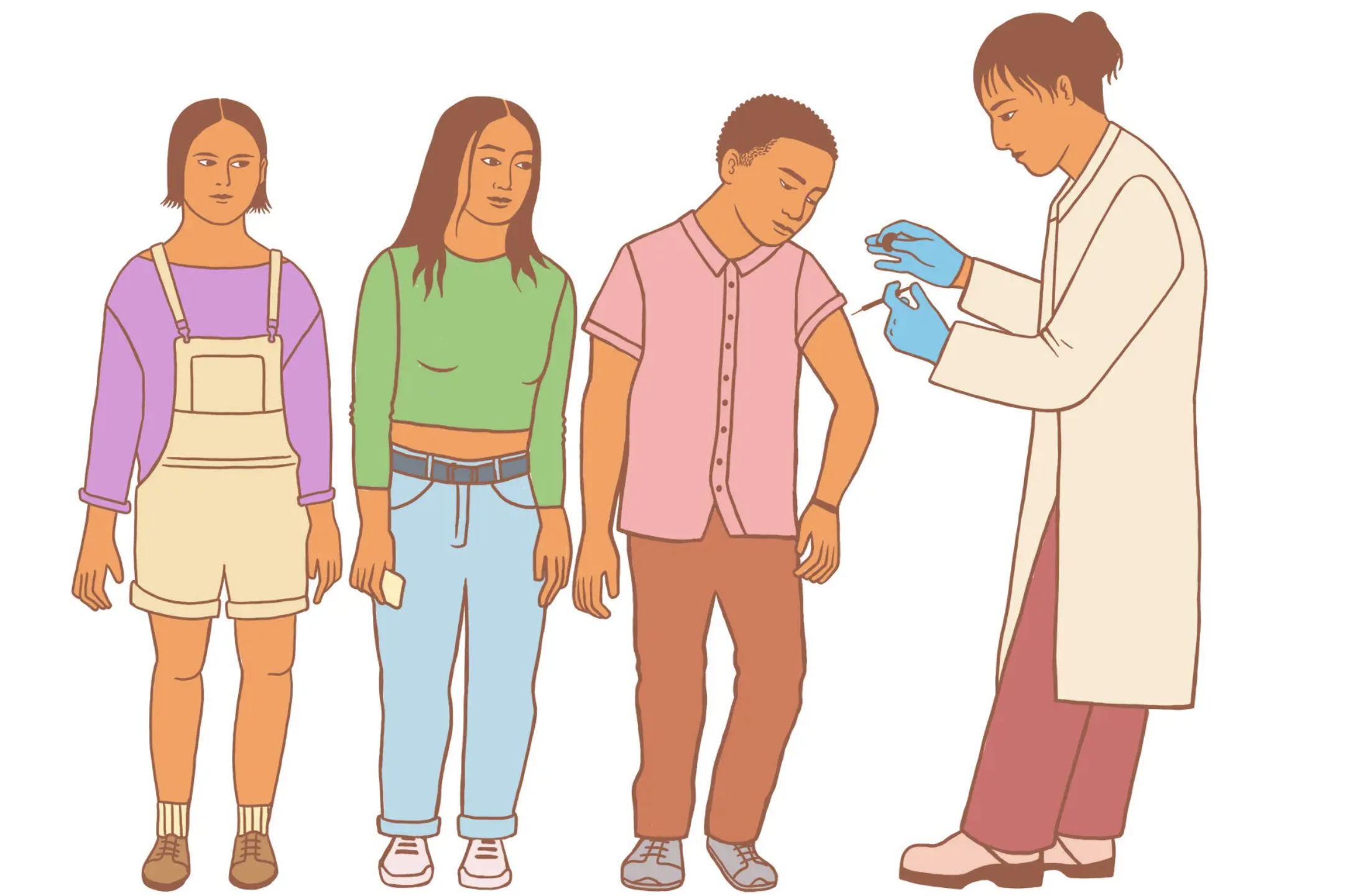Source: The New York Times
Date: December 13th, 2021
Author: Jane E. Brody
Cover image courtesy of The New York Times
The human papillomavirus vaccine can prevent six potentially lethal malignancies, but inoculation is meeting with rising resistance from parents.
Vaccine hesitancy is hardly limited to shots against Covid-19. Even the HPV vaccine, which can prevent as many as 90 percent of six potentially lethal cancers, is meeting with rising resistance from parents who must give their approval before their adolescent children can receive it.
The Food and Drug Administration licensed this lifesaving vaccine in 2006 to protect against sexually transmitted infection by HPV, the human papillomavirus. Most of us will get infected with HPV during our lifetimes, certain strains of which can lead to cancers of the cervix, vagina and vulva in women; cancers of the anus and back-of-the-throat in both women and men; and penile cancer in men. HPV can also cause genital warts.
But the vaccine only works if it’s administered before people become infected by the virus. And that often means getting vaccinated before teens and young adults have any form of sexual activity, including oral sex and skin-to-skin contact without penetration.
More than half of adolescents ages 15 to 19 report having had oral sex, and one in 10 say they have had anal sex. Unless they are vaccinated, more than 80 percent of women become infected with HPV by age 50. And while most infections clear on their own, enough persist to cause many thousands of cancers years later. There is no treatment for an HPV infection.
Yet Kalyani Sonawane, a researcher at the University of Texas Health Science Center, and her colleagues reported in March that parental intent not to vaccinate their adolescents against HPV rose from 50.4 percent in 2012 to 64 percent in 2018. Many parents resisted the vaccine despite their doctors’ recommendations, Dr. Sonawane said. Ironically, parents were most resistant — at 68.1 percent — to vaccinating girls, the very group for whom this vaccine was initially developed to prevent cervical cancer.
Fifty years in the making
Researchers had long known that cervical cancer behaves like a venereal disease, transmitted through sexual contact. It is rare in virgins and most common among women with early sexual experience and multiple partners.
An infectious cause was suspected but difficult to prove. In 1968 on Page 1 of The Times, I reported a link between cervical cancer and a sexually transmitted virus called Type 2 herpes. It turned out to be a red herring. Finally, in the 1980s, the human papillomavirus was correctly identified as the cause of cervical cancer, which led to the development and marketing of a highly effective vaccine in 2006.
Now, if not for the slow adoption of the HPV vaccine by the parents of adolescents, we would likely be well on our way to eliminating nearly all cases of cervical cancer and the five other HPV-caused cancers, 45,000 cases of which are diagnosed annually in the United States, Dr. Abraham Aragones, a public health researcher at Memorial-Sloan Kettering Cancer Center told me.
A highly effective vaccine
Until recently, the vaccine’s ability to prevent cancer was presumed but not proved. Cervical cancer risk rises with age, most often occurring in midlife or later, so it can take many years to confirm the vaccine’s ability to protect against cancer.


Leave A Comment
You must be logged in to post a comment.